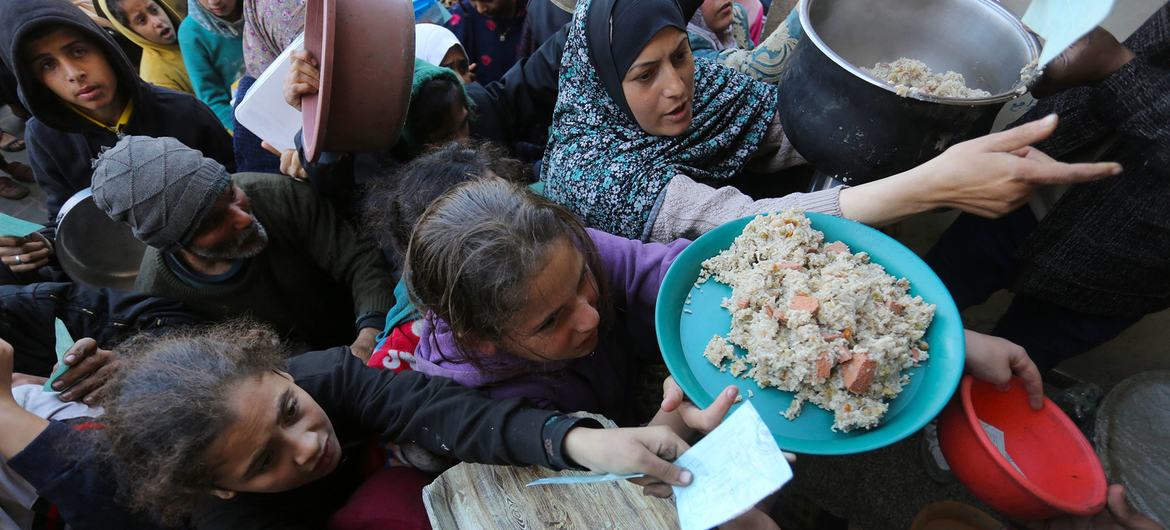
According to the latest Global Report on Food Crises, more than one in five people in 59 countries faced acute food insecurity in 2023, compared with around just one in 10 in 48 countries in 2016.
“When we talk about acute food insecurity, we are talking about hunger so severe that it poses an immediate threat to people's livelihoods and lives. This is hunger that threatens to slide into famine and cause widespread death,” said Dominique Burgeon, Director of the UN Food and Agriculture Organization (FAO) Liaison Office in Geneva.
The report – a joint initiative involving FAO, the UN World Food Programme (WFP) and the UN Children’s Fund (UNICEF) – found that although the overall percentage of people defined as dangerously food insecure last year was 1.2 per cent lower than in 2022, the problem has worsened significantly since the COVID-19 crisis.
When the coronavirus hit in late 2019, around one in six people in 55 countries faced worrying food insecurity levels, compared with one in five just a year later, the Global Report on Food Crises indicates.